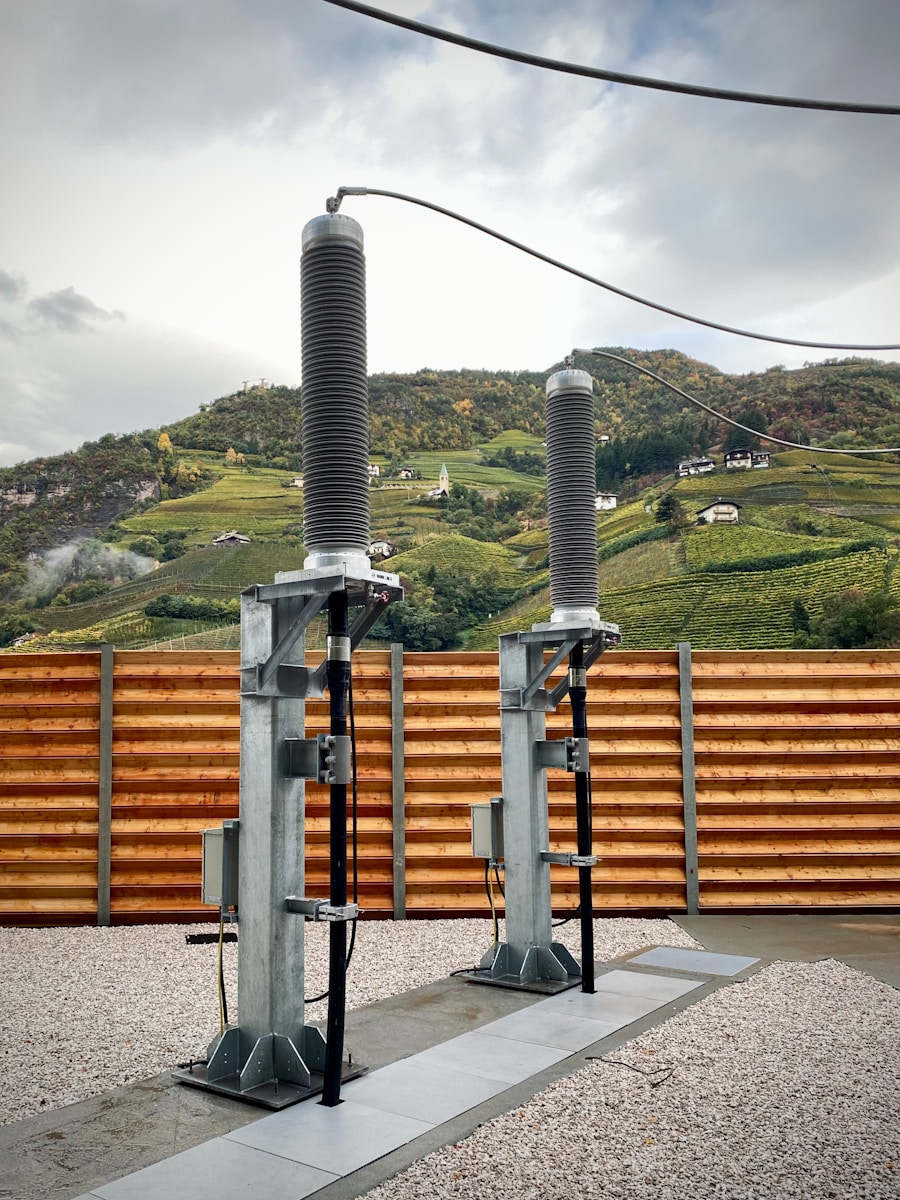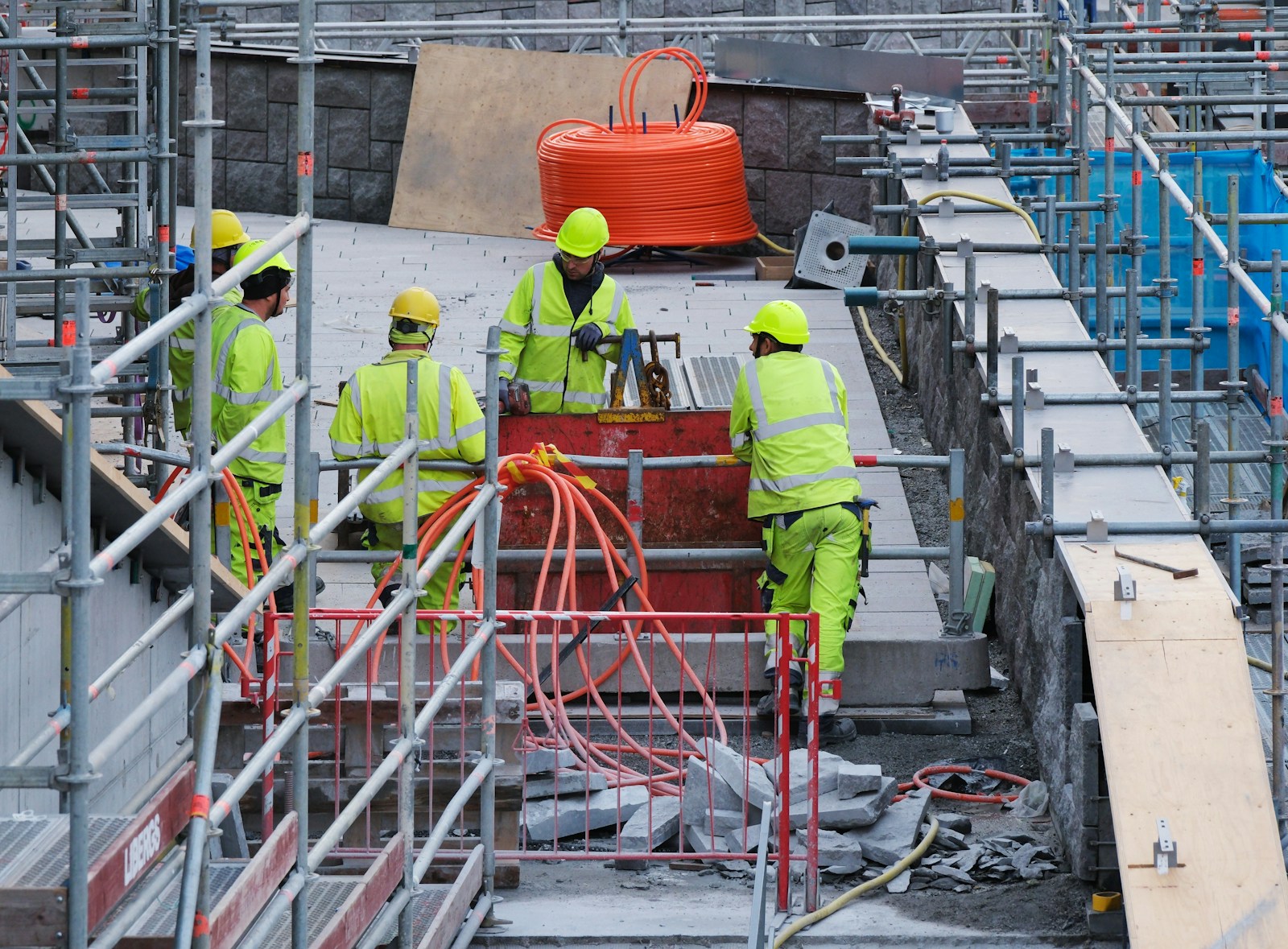Let me paint you a picture of Australia in 1996. Paul Keating had just handed over the Prime Ministerial keys to John Howard, the Macarena was inexplicably popular, and Australian workplaces were about to experience their biggest shake-up in decades.
A Brave New World
The Workplace Relations Act 1996 (WRA) wasn’t just another piece of legislation—it was the industrial relations equivalent of dropping a rock into a pond. The ripples would reshape Australian working life for generations to come.
I remember chatting with a seasoned HR manager who described the atmosphere at the time: “It felt like someone had opened all the windows in a stuffy room. Some people were excited about the fresh air, others were worried about catching a cold.” That perfectly captures the mixed reactions to this groundbreaking reform.
What Changed?
The WRA introduced several fundamental changes that would make any modern HR professional’s head spin:
- Award Simplification Remember those old awards that were thicker than your average phone book? The Act kicked off a massive simplification process, reducing them to 20 “allowable matters.” Gone were the days when awards specified exactly how many tea breaks you could take!
- Enterprise Flexibility The Act turbocharged enterprise bargaining, introducing Australian Workplace Agreements (AWAs) – individual agreements between employers and employees. This was revolutionary stuff for its time.
- Freedom of Association Both the right to join and not to join unions were protected. This might seem obvious now, but it was a significant shift in thinking back then.
The Human Impact
Here’s where it gets interesting. Behind all the legal jargon and political debate, real people’s working lives were changing. A factory supervisor I interviewed recently shared his experience: “Before the Act, if I wanted to change someone’s shift time by 15 minutes, I needed to navigate through three different award provisions. Afterwards, we could actually have a sensible conversation about what worked for everyone.”
Winners and Challengers
Like any major reform, the WRA created both opportunities and challenges:
For Employers:
- Greater flexibility in workplace arrangements
- Simplified award system
- Direct negotiation with employees
- Reduced union involvement (if desired)
For Employees:
- More individual bargaining power (especially for skilled workers)
- Flexible working arrangements
- Protected industrial action provisions
- No compulsory unionism
For Unions:
- Changed role in workplace negotiations
- New restrictions on industrial action
- Need to demonstrate value to members
- Right of entry provisions
The Cultural Shift
Perhaps the most profound impact wasn’t in the legislation itself but in how it changed workplace culture. Australia moved from a collective, industrially-focused approach to one that emphasised individual workplace relationships.
A union delegate I spoke with reflected: “It wasn’t just about changing rules—it changed conversations. Instead of ‘what does the award say?’ people started asking ‘what works for us?’”
Controversial Elements
Let’s not sugar-coat it—the Act had its critics. Some argued it tilted the playing field too far towards employers. Others worried about vulnerable workers losing protection. These weren’t just academic debates; they played out in workplaces across the country.
The AWAs particularly sparked heated discussion. While some saw them as offering welcome flexibility, others viewed them as undermining collective bargaining. As one worker told me, “It felt like being asked to negotiate with your boss while standing on one leg.”
Implementation Challenges
The roll-out wasn’t always smooth sailing. Many businesses, especially smaller ones, struggled with the complexity of the new system. One small business owner shared, “We went from following a prescribed award to having to become industrial relations experts overnight.”
Key implementation challenges included:
- Understanding the new requirements
- Training managers in direct negotiation
- Ensuring compliance with minimum standards
- Managing the cultural transition
The Productivity Question
One of the Act’s key aims was to boost productivity through more flexible workplace arrangements. Did it succeed? Well, that’s still debated by economists (isn’t everything?). What we do know is that workplace productivity improved in some sectors while others saw little change.
Interesting fact: Studies showed that businesses that embraced the new flexibility while maintaining good employee relations generally saw the best results. Who would’ve thought that treating people well would lead to better outcomes?
Legacy and Lasting Impact
The WRA’s influence extends well beyond its eventual replacement. It fundamentally changed how Australians think about workplace relations. Many concepts we take for granted today—like flexible working arrangements and individual agreements—gained mainstream acceptance during this period.
Modern Echoes
Even today, many current workplace practices can trace their origins to the WRA:
- The emphasis on direct employer-employee relationships
- The focus on enterprise-level solutions
- The balance between flexibility and protection
- The simplified award structure
Learning from History
Looking back, several lessons emerge:
- Change Management Matters The most successful implementations occurred where employers invested time in explaining changes and training managers.
- Balance is Critical Workplaces that maintained good relationships with both individuals and employee representatives generally fared better.
- One Size Doesn’t Fit All Different industries and workplaces needed different approaches to make the new system work.
- Communication is Key Clear communication about rights, responsibilities, and changes proved crucial for successful implementation.
The Human Element
What’s fascinating about the WRA is how it changed everyday workplace interactions. A retired manager shared this insight: “Before the Act, every conversation about working arrangements started and ended with ‘what does the award say?’ Afterwards, we could actually talk about what made sense for our situation.”
Looking Forward
The principles established by the WRA continue to influence workplace relations today. As we face new challenges—remote work, the gig economy, artificial intelligence—the balance between flexibility and protection remains crucial.
Current Considerations
Today’s workplace relations system still grapples with many issues the WRA tried to address:
- Finding the right balance between collective and individual arrangements
- Protecting vulnerable workers while maintaining flexibility
- Adapting to new forms of work
- Promoting productivity while ensuring fairness
The Way Forward
As we face new workplace challenges, the WRA’s legacy offers valuable lessons. Perhaps the most important is that successful workplace relations reform needs to balance flexibility with protection, efficiency with fairness.
Final Thoughts
The Workplace Relations Act 1996 wasn’t just about changing laws—it was about changing mindsets. While its specific provisions may have been superseded, its influence on how we think about work and workplace relationships endures.
As one industrial relations expert recently told me, “The WRA was like learning to drive a manual car after only driving automatic. It was challenging at first, but it gave us skills and flexibility we didn’t have before.”
And perhaps that’s the perfect metaphor for this landmark legislation—it changed not just what we could do, but how we thought about doing it.













0 Comments